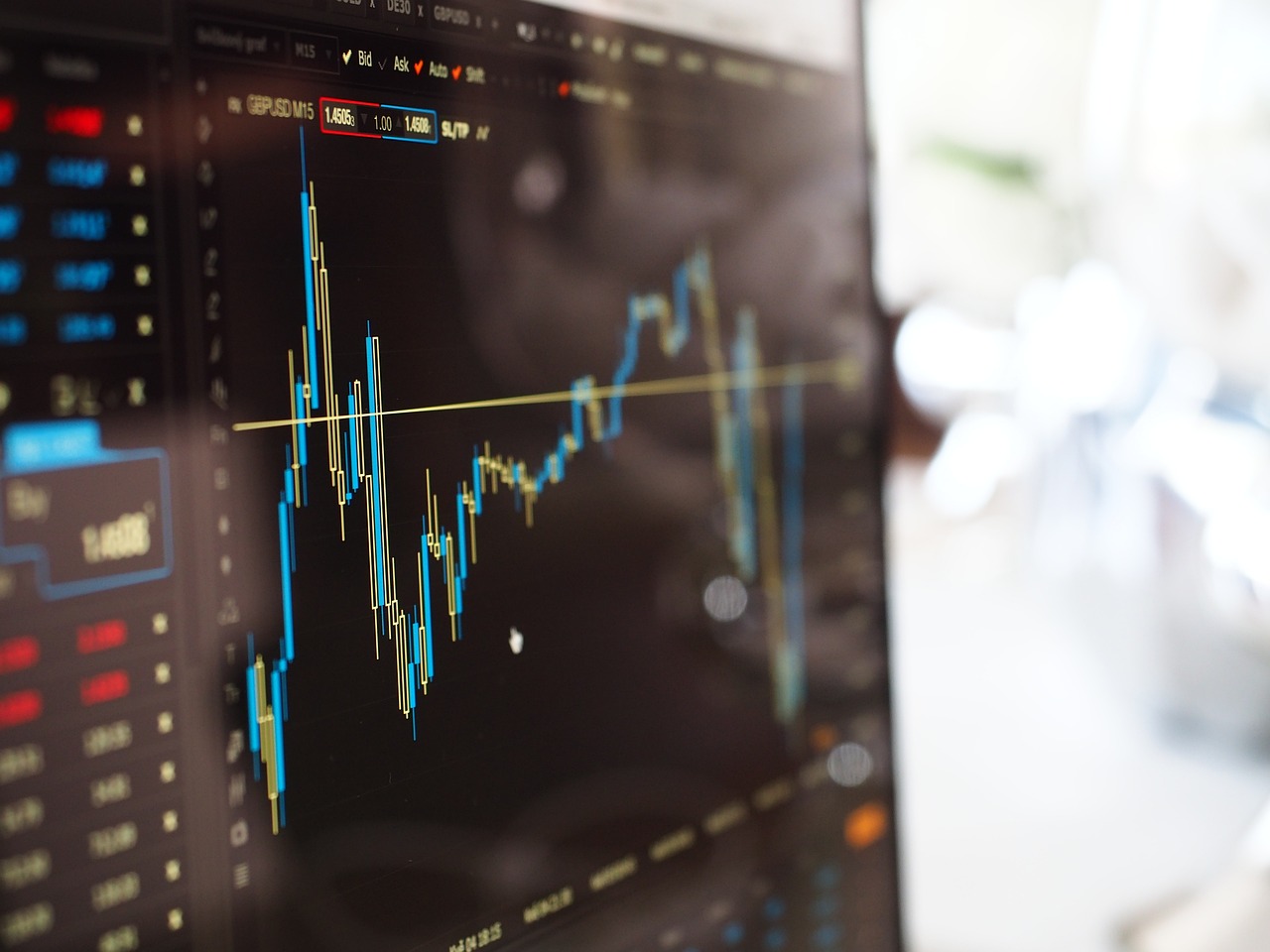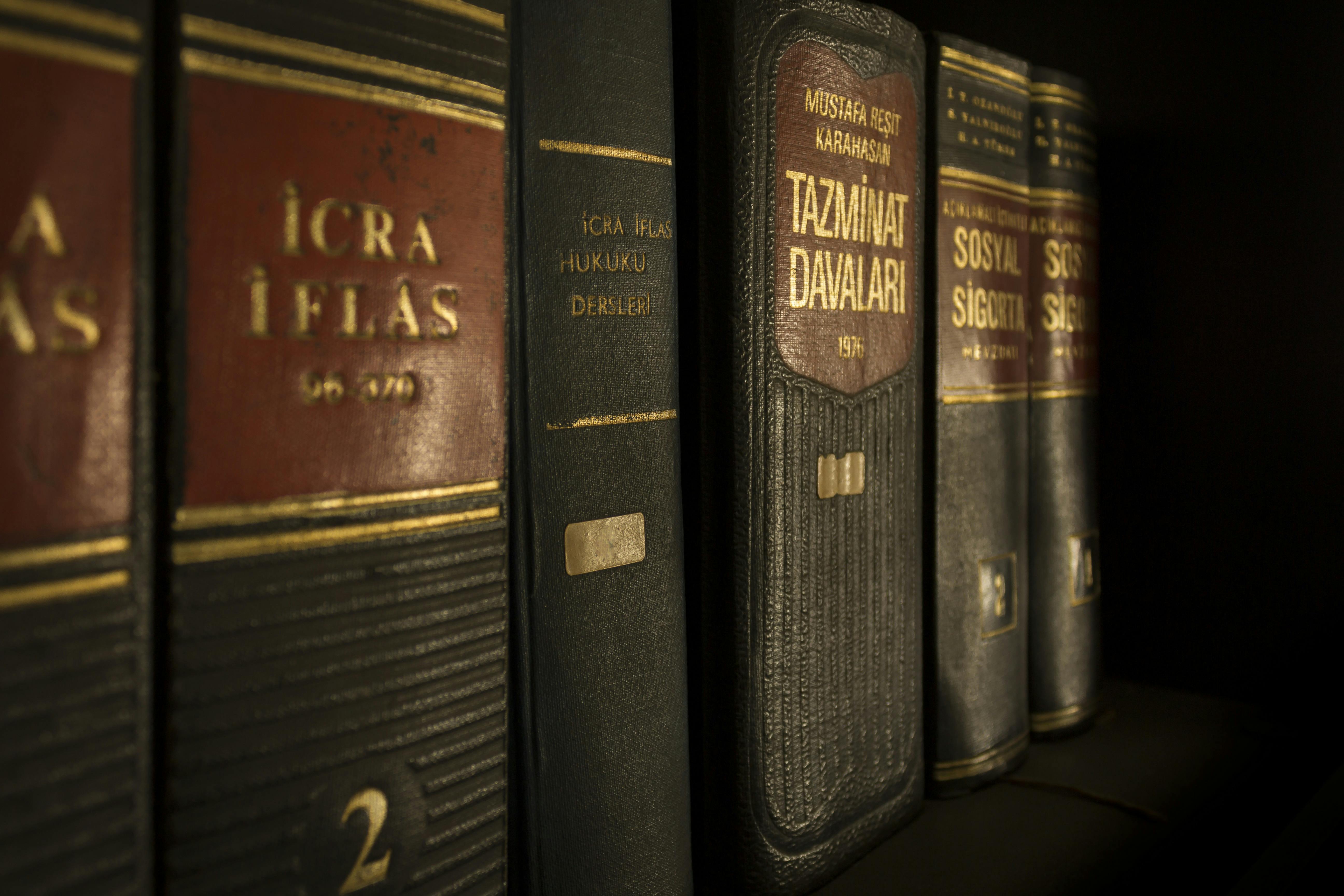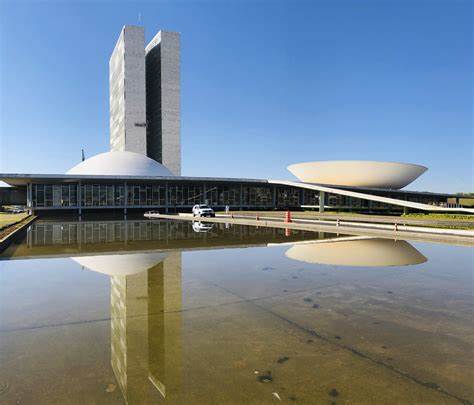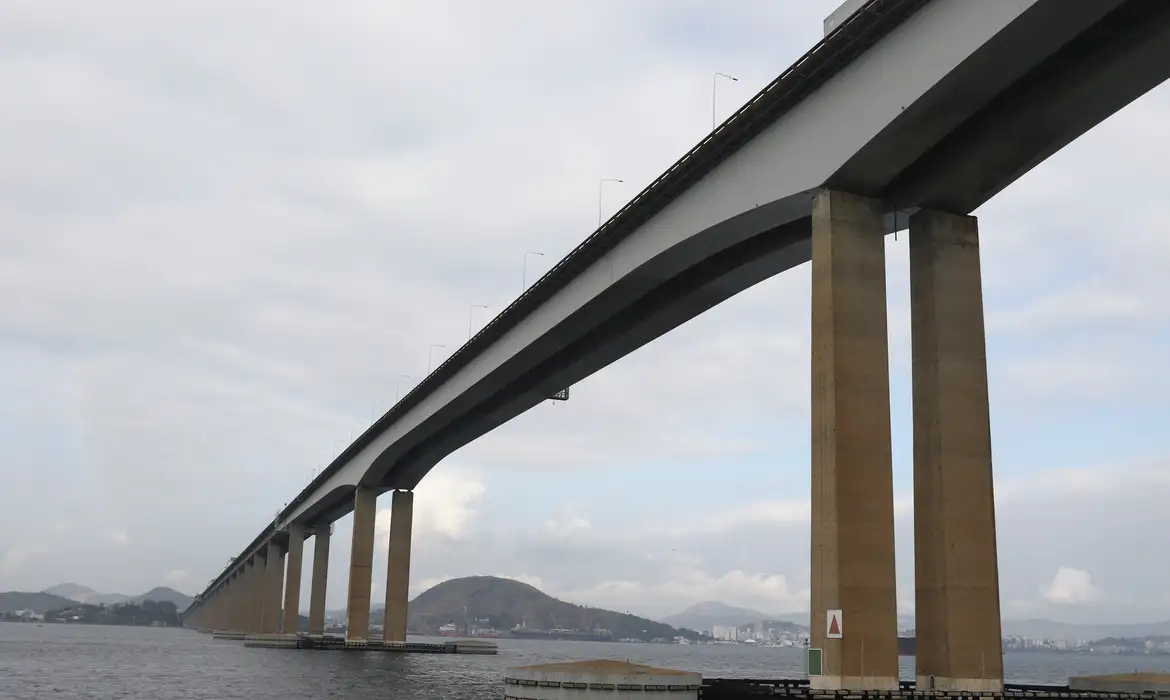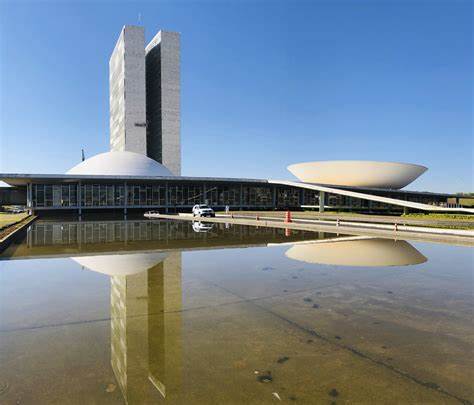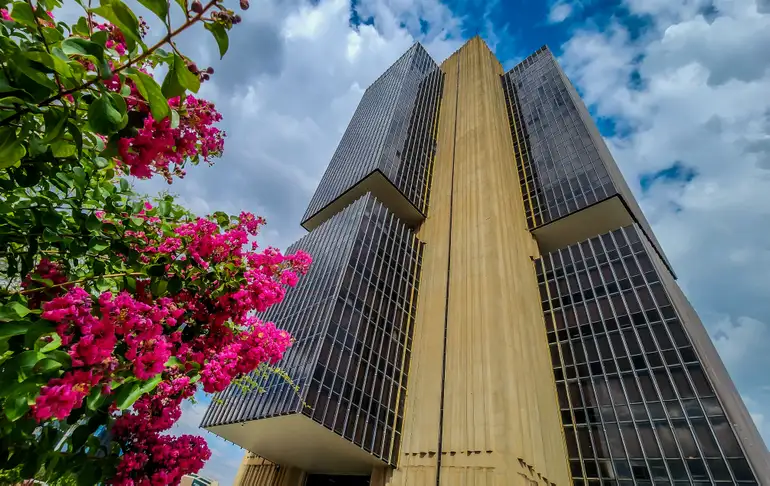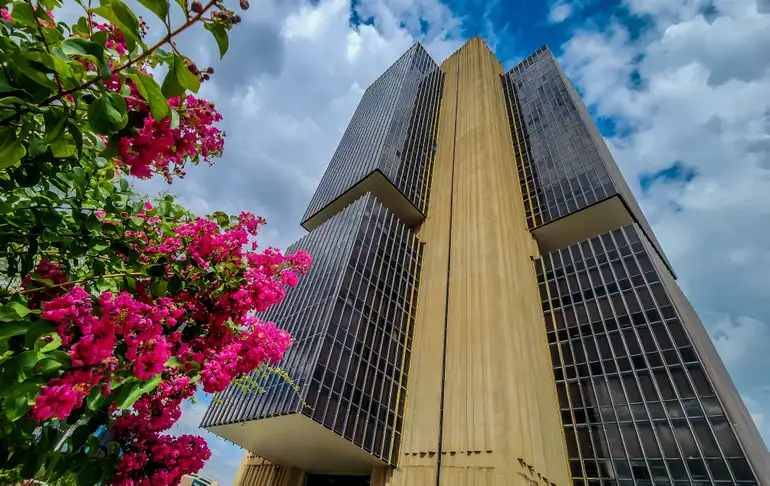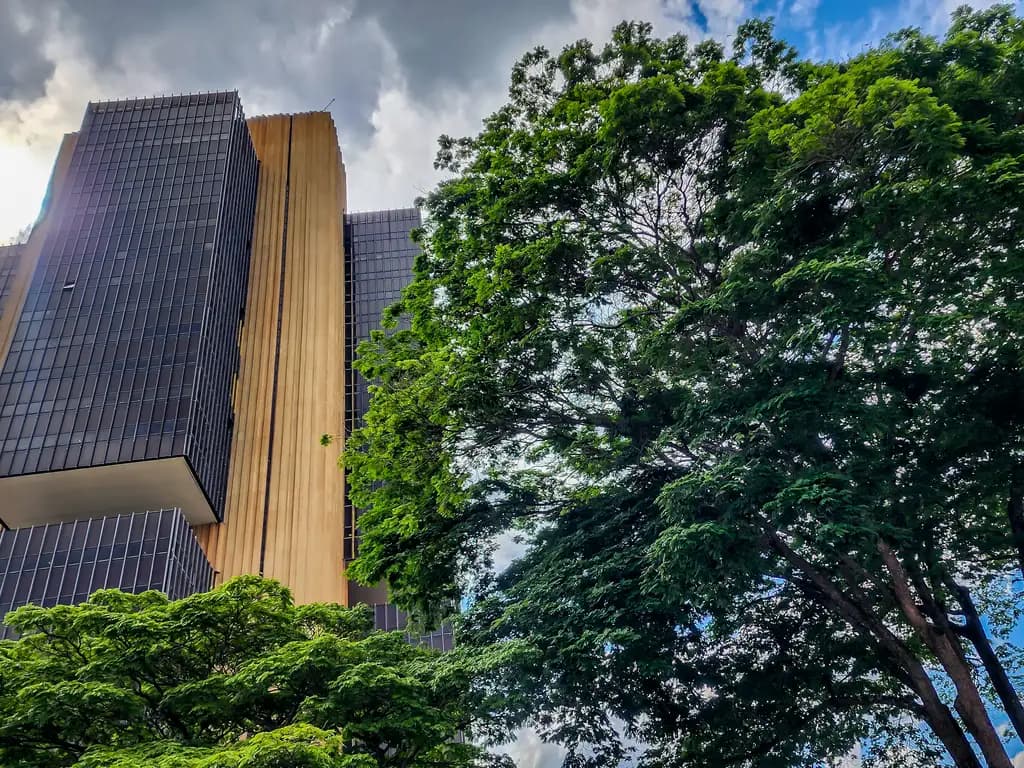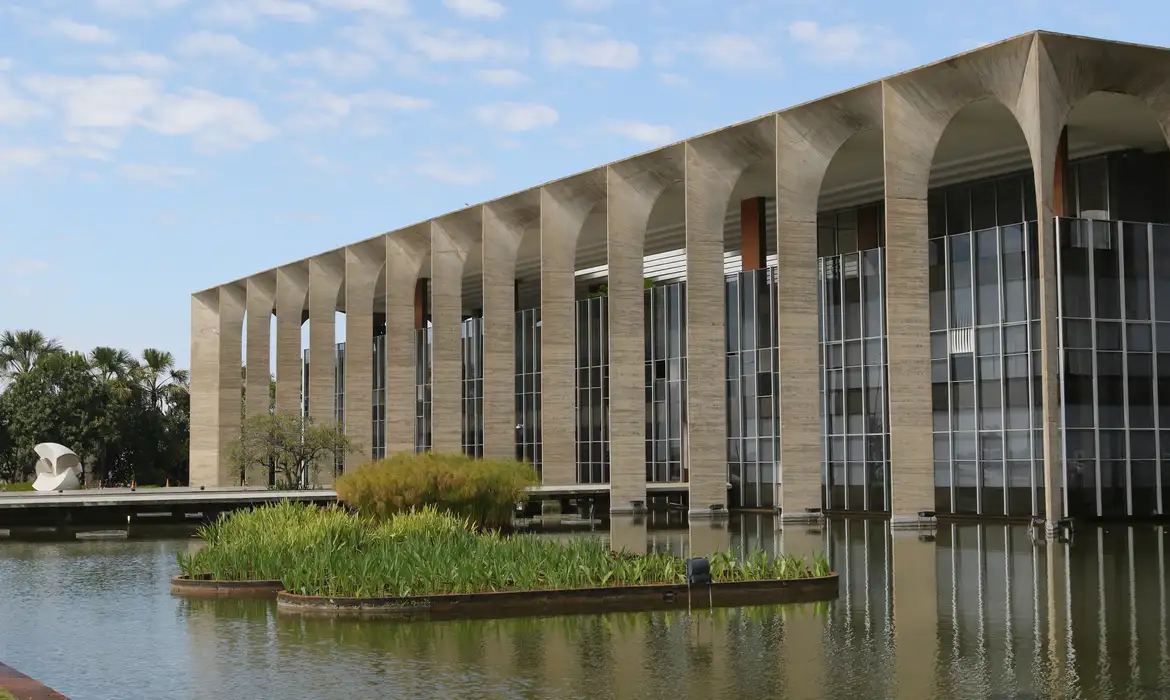Net-zero emission targets in the Brazilian mining sector: A pathway and risks of non-compliance
Corporate sustainability, in its environmental, social and governance pillars, has been a focal point of agendas for businesses globally for some time, and more recently it has also reached the mining sector. Among the several risks to be accounted for, climate change is at the forefront for most key market players in the mining industry.
This is partly due to the sector’s substantial carbon footprint. Mining is responsible for approximately one third of global releases of greenhouse gases (GHG), considering direct and indirect emissions, so decarbonizing the sector is crucial to meeting emission targets under the Paris Agreement. There is also an industry perception that mining companies will be subject to greater scrutiny in respect of decarbonization strategies. Metals and minerals are essential raw materials in most sectors of the economy. As consumers of such products seek to decarbonize, they will examine decarbonization efforts of their suppliers, and give preference to purchasing from more effective players.
Investors and financial institutions are also increasingly integrating climate-related matters into their criteria for providing investment and finance. Hence, mining companies failing to properly address climate-related risks will be subject to market-imposed consequences – reduced investment, increased barriers to financing and reduced demands for products.
Players in the mining sector began setting more aggressive standards on decarbonization as recently as 2020. Several have been implementing solid pathways for this purpose. In the absence of legislation to provide guidance on disclosure standards concerning decarbonization, it is up to mining companies to determine the standards they will adhere to. Measures taken by certain key players in the sector are similar between them and may set the benchmark for best practices. They are outlined below, with specific examples from the two global largest mining companies in terms of market capitalization – BHP and Rio Tinto – and the leading Brazilian mining firm – Vale.
GHG Inventories. To set viable emission reduction targets, a first step is to adequately collect information on emissions. GHG inventories shall represent true accounts of emissions by standardized approaches. BHP, Rio Tinto and Vale inventorize their emissions classified as Scope 1 (direct emissions from sources that the entity controls), Scope 2 (indirect emissions associated with the purchase of electricity) and Scope 3 (indirect emissions that occur in the entity’s value chain), all in accordance with widely accepted parameters of the GHG Protocol Corporate and Accounting Standard.
Reduction Targets. Based on GHG inventories, players can set GHG emission reduction targets. BHP, Rio Tinto and Vale have set to reaching net zero emissions comprising Scope 1 and Scope 2 by 2050, with interim targets by 2030. Regarding standards, Rio Tinto’s and Vale’s targets were set according to the Science Based Target Initiative (SBTi), formed to define best practices in emission reductions in view of updated climate science.
Reduction Step Plan. This involves setting out measures to be implemented to reach GHG reduction targets as well as required investments, and is duly performed and disclosed by BHP, Rio Tinto and Vale.
Disclosure. As important as implementing a decarbonization policy, is disclosing this policy to stakeholders. Disclosures ideally contemplate all requisites above, and the extent to which interim targets are being met. In order to be sufficiently clear, detailed and comparable, disclosures shall abide by internationally recognized standards. BHP, Rio Tinto and Vale disclose information following internationally recognized standards set out by: (i) the Global Reporting Initiative (GRI); (ii) the Sustainability Accounting Standards Board (SASB); and (iii) the Task Force on Climate-related Financial Disclosures (TCFD). Disclosures and its standards are covered in another article of this newsletter.
In Brazil, although certain key mining companies are in line with the above market-based practices, many are lagging behind due to one or more of the following: (i) failure to abide by one or more international disclosure standards of GHG data; (ii) setting relatively moderate GHG reduction targets, and no net zero targets; and (iii) lacking details on step plans to be adopted or on investments to be made. Certain key players in the Brazilian mining sector are yet to inventorize their GHG emissions – a first requirement in any decarbonization strategy.
A recent event may also impact the mining sector’s approach to decarbonization: the issuance, on August 9, 2021, of the Intergovernmental Panel on Climate Change Sixth Assessment Report (AR6 WGI). It is now scientifically unequivocal that human influence has warmed the climate. This will mount pressure for governments to issue legislation on decarbonization. From the standpoint of Brazilian miners, scientific recognition that GHG emissions have an environmental impact has two potential legal effects. It may increase decarbonization requirements applicable to mining projects, due to the provision of the Brazilian Federal Constitution (article 225, second paragraph) requiring miners to recover environmental impacts caused by their activities - this may include decarbonization targets as conditions for the granting or renewal of environmental licensing, among others. In addition, Brazilian companies not implementing adequate decarbonization strategies may also be deemed as failing to fulfil their social roles under the Brazilian Corporations Act, subjecting their controlling shareholders or management to potential liability.
It is clear that mining companies in general require effective climate change policies, including their adequate disclosure, to avoid negative market-imposed consequences. Brazilian mining companies should also be wary of possible upcoming legal effects of the failure to do so, given the conclusions in the AR6 WGI. It is crucial that miners keep up to speed on best practices in respect of decarbonization and its disclosures and standards, as well as on likely upcoming laws and regulations on the matter.


